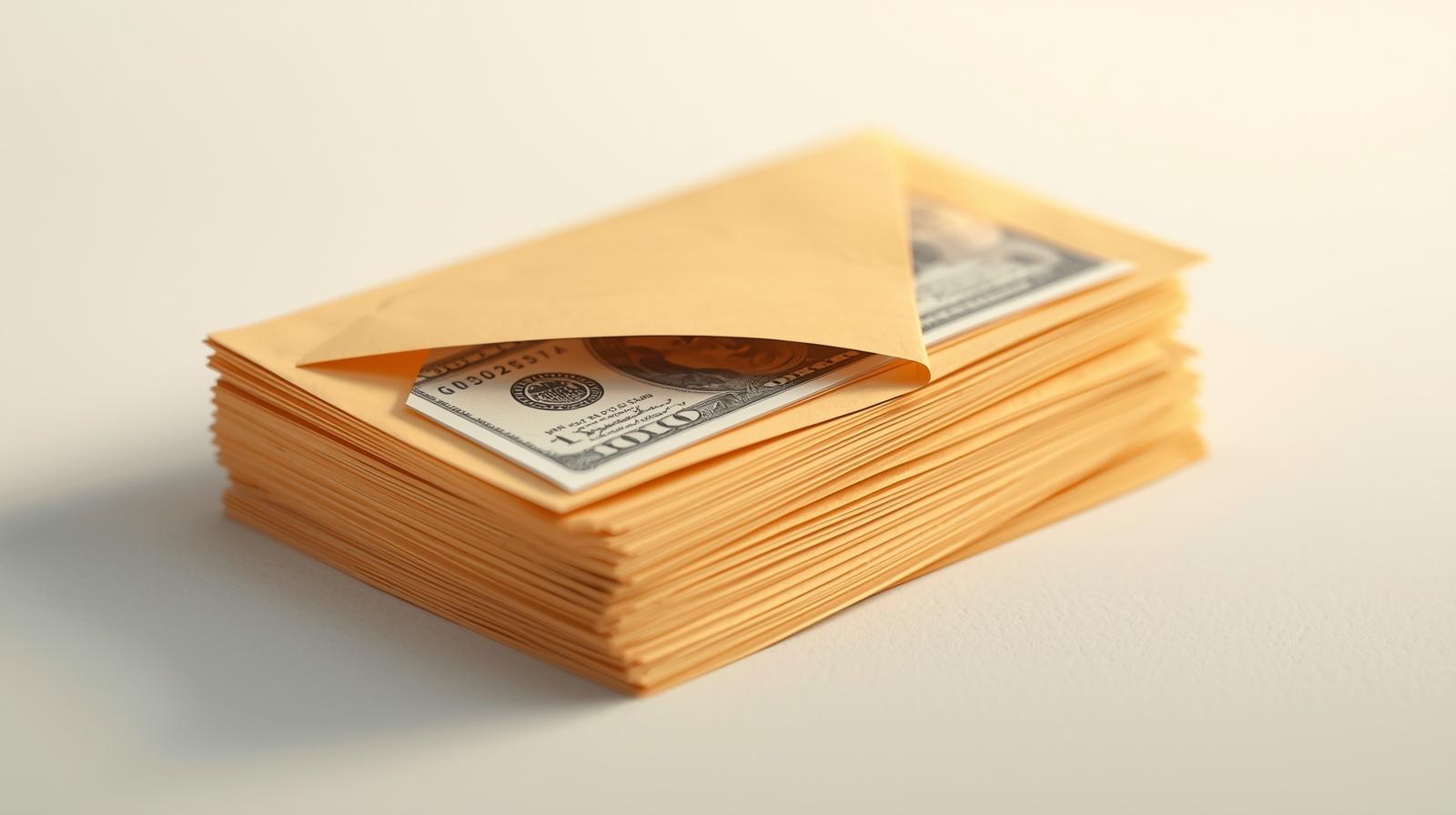Starting out as a young professional is a grind, especially when your paycheck barely covers rent, let alone those sneaky coffee runs or side hustle expenses. I’ve been there, scraping by on an entry-level salary while picking up freelance gigs to make ends meet, only to watch my bank account hover near zero. Budgeting on a low income isn’t just about pinching pennies — it’s about making every dollar count so you can still chase your goals. In 2025, with costs like groceries and gas still stinging, a smart budget is your lifeline to financial freedom, even on a tight income.
In this guide, I’m sharing a no-nonsense plan to budget like a pro when money’s scarce, tailored for young professionals juggling jobs, side hustles, or both. I’ve packed it with tips from my own experience and stories from folks I know who’ve made it work, plus practical steps you can start today. Headings galore for easy WordPress pasting, because you’re busy enough. Whether you’re saving for a trip, paying off student loans, or funding a side gig, this guide’s got you covered. Let’s dive in and take control of your cash.

Why Budgeting on a Low Income Is Critical in 2025
Low income doesn’t mean low ambition, but it does mean you’ve got to be sharp. With inflation pushing prices up — think $5 for a loaf of bread — and entry-level jobs paying around $30,000-$40,000 in the US or £20,000-£25,000 in the UK, every cent matters. Side hustles like Uber or Etsy are common (over 50% of young pros have one), but irregular cash flow complicates things. A budget keeps you from drowning in bills, preps you for taxes (platforms report earnings now), and lets you build a future without living paycheck to paycheck. This plan’s your roadmap to stretch your money further.
Step 1: Know Your Numbers Cold
What’s Coming In and Going Out
First up: figure out exactly what you earn and spend. That’s your job’s take-home pay (after taxes) plus any hustle cash — maybe $200/month from freelancing. Then list every expense: rent, groceries, Netflix, that $10 bar tab. I used to skip this, thinking I’d “just spend less,” and ended up broke by Friday.
Why It’s a Big Deal in 2025
With costs rising and gig platforms reporting to the IRS ($600+) or HMRC (£1,000+), you need a clear picture to avoid tax surprises or overspending.
Signs You’re Missing Your Numbers
- No clue what your take-home pay is.
- Surprised by bills or bank balances.
- Not tracking hustle income.
How to Get Clear
Grab a free app like Mint or a simple spreadsheet. Write down your monthly income (job + gigs) and expenses for the last 30 days. Check bank statements or gig app dashboards.
A Numbers Wake-Up Story
My friend Jake, a barista with a $300/month Etsy side gig, didn’t track his spending. Found he was blowing $150 on takeout. Now he logs everything, saving $100/month.
Step-by-Step Number Crunching
- List take-home pay: Job + hustle.
- Track expenses: Check bank apps.
- Use a free spreadsheet or Mint.
- Review last month’s spending.
Why Knowing Your Numbers Wins
It’s the foundation of any budget — no guesswork, just facts to build on.
Step 2: Use the 50/30/20 Rule (Tweaked for Low Income)
A Simple Budget Framework
The 50/30/20 rule — 50% needs (rent, food), 30% wants (fun stuff), 20% savings/debt — works, but on a low income, try 60/20/20. Needs eat more when your paycheck’s small, but you still carve out some for goals and fun.
Why It’s Key in 2025
Low incomes (say, $2,000/month or £1,500) leave little wiggle room. This tweak prioritizes essentials while keeping savings and small joys in reach.
Signs You Need This Rule
- Spending all income on bills.
- No savings or debt payments.
- Feeling deprived with no fun budget.
How to Set It Up
If you earn $2,000/month ($1,200 needs, $400 wants, $400 savings/debt), list essentials first: rent, groceries, transport. Allocate hustle cash (e.g., $200) to savings or debt to boost that 20%.
A Budget Rule Success
Sarah, a retail worker with $500/month freelancing, used 60/20/20. Put $300 of gig cash to debt, kept $100 for fun, stayed sane.
Step-by-Step Setup Tips
- Calculate take-home: Job + gigs.
- List needs: 60% (rent, food, bills).
- Assign 20% to wants: Coffee, outings.
- Put 20% to savings/debt, lean on hustle cash.
Why This Rule Works
It balances survival with progress, letting you live a little while building a future.
Step 3: Cut Costs Without Losing Your Soul
Trimming the Fat Smartly
Look at your “wants” and low-priority needs. Cancel unused subscriptions (that $12 app you forgot), cook more, or shop secondhand. I saved $100/month swapping takeout for pantry meals.
Why Cutting’s Crucial in 2025
With groceries up 10% and gas prices shaky, small cuts free up cash for savings or reinvesting in your hustle (like ads for your Etsy shop).
Signs You’re Overspending
- Subscriptions pile up unnoticed.
- Eating out eats your budget.
- No cash left for goals.
How to Cut Smart
Check bank statements for recurring charges. Batch-cook meals. Use free entertainment — libraries, free events. Redirect savings to debt or a hustle tool.
A Cost-Cutting Win
Lisa, a grad with $400/month tutoring, cut $80 in streaming apps. Used it to pay off $500 in credit card debt faster.
Step-by-Step Cutting Tips
- Review bank statements for waste.
- Cancel one subscription ($10-20/month).
- Plan 5 home-cooked meals/week.
- Find free local events or resources.
Why Cutting Pays Off
It stretches your low income, giving you room for savings or hustle growth without feeling like a monk.
Step 4: Prioritize Savings and Debt
Building a Buffer, Crushing Debt
Even on a low income, aim for a $500 emergency fund — it’s a lifesaver for unexpected bills. Then tackle high-interest debt (credit cards over 15%). Use hustle cash to boost this, like $100/month from rideshare gigs.
Why It’s Urgent in 2025
Economic wobbles and rising rates make emergencies or debt costlier. Saving a little now prevents bigger pain later.
Signs You’re Ignoring This
- No emergency savings at all.
- Paying minimums on high-interest debt.
- Hustle cash vanishes on random buys.
How to Prioritize
Open a separate savings account — even $20/week adds up. Pay extra on smallest debts first (snowball method). Track in a free budget app.
A Savings/Debt Win
Tom, a server with $300/month TaskRabbit gigs, saved $600 for emergencies and paid $400 on a loan in six months.
Step-by-Step Priority Tips
- Open a free savings account.
- Save $20-50/week from hustle cash.
- List debts, pay extra on smallest.
- Track progress in a budget app.
Why Prioritizing Rocks
It builds security and cuts debt stress, freeing you to focus on career or hustle growth.
Step 5: Track Weekly with a Simple Tool
Keeping It Easy and Aesthetic
Use a free, minimalist budget template — printable or digital — to check income and expenses weekly. Clean designs with soft colors or bold grids make it less of a chore.
Why Tracking’s Key in 2025
Weekly check-ins catch leaks fast, especially with gig income’s ups and downs. Aesthetic tools keep you motivated.
Where to Find Free Tools
- Canva: Free “weekly budget” PDFs — sleek, printable.
- Google Sheets: “Personal Budget” template, auto-calculates.
- Vertex42: Free minimalist Excel trackers.
- MoneySavingMom: Clean weekly budget PDFs.
How to Track
Log income (job, gigs) and expenses daily. Review Sunday to adjust for next week. Takes 10 minutes.
A Tracking Success
Anna, a junior marketer with $200/month Medium posts, used a Canva tracker. Saved $150 by cutting impulse buys.
Step-by-Step Tracking Tips
- Grab a free template from Canva or Sheets.
- List weekly income and expenses.
- Update daily, review weekly.
- Keep it visible — fridge or phone.
Why Tracking Wins
It turns budgeting into a quick habit, keeping your low income under control.
Wrapping It Up: Budget Tight, Dream Big
Budgeting on a low income doesn’t mean giving up your life. Know your numbers, use 60/20/20, cut smart, prioritize savings/debt, and track weekly. I’ve seen young pros like you turn tight budgets into stepping stones — you’re next.
What’s your first budget move? Share below and let’s make it happen.
Written by Mudassar Ali — Founder of The Digital Hustle Hub



